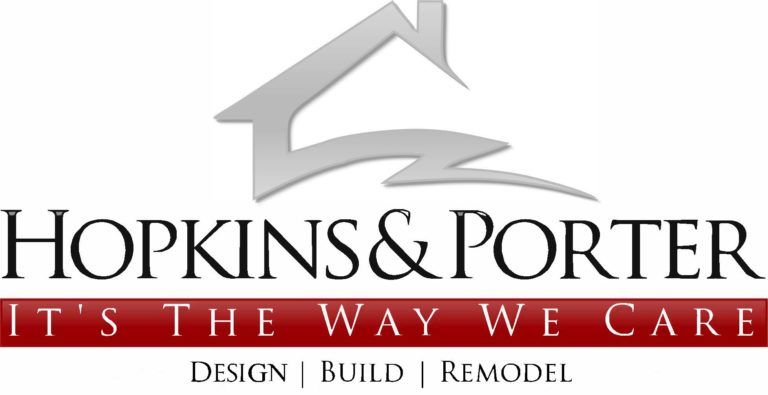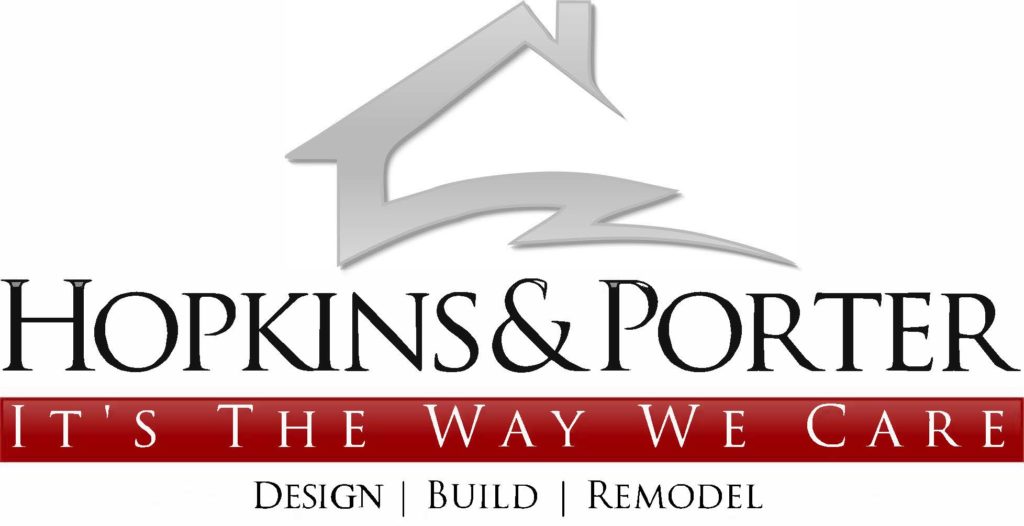It began with a phone call to Hopkins & Porter from a client who had received previous design and renovation work. The client had just experienced a “boy meets car” episode; he had researched, test-driven, and fallen in love with a car, specifically a Tesla Model S. He was preparing to place in order for the Tesla and wanted his new car to have a new shelter waiting upon its arrival.
Our client’s request seemed clear and direct: design and build a simple carport for his new car with the added features of:
-
- a charging station for the Tesla
-
- a means of secure separation from the alley
But what began as a client’s straightforward vision of a carport quickly evolved into a series of new opportunities, in terms of both design and function, each of which the client and H&P enthusiastically embraced. H&P’s team of architects and project coordinators immediately began moving forward on not only pursuing the basic design and exploring those opportunities, but also expeditiously addressing other ancillary challenges as well.
-
- Historic Preservation Review: The client’s home is located in an idyllic setting of Tudor-style townhouses, located on the outskirts of Georgetown. And it was under the purview of the powerful D.C. Historic Preservation Department. Any design proposal for the new garage would have to undergo and pass their scrutiny. About this time, Tesla had begun marketing a remarkably attractive and efficient solar roof shingle. Instead of the familiar solar panels often seen on homes, these shingles were virtually indistinguishable from traditional roof shingles and offered an array of attractive choices. However, the new solar shingles would not be available in the D.C. Metro area for at least another year. Therefore, H&P designed a roof that was configured to maximize the amount of roof area and solar angle to await the new solar shingles. In the meantime, H&P specified a high quality but economical conventional shingle to protect the roof until the solar shingles were to be installed. The historic challenge in the roof design was that this optimal solar roof, while a very attractive design, would not be as conventional a look as other garage roofs in this Historic neighborhood. The proposed walls of the carport, horizontal slats of natural wood with slender gaps between, allowing for protection from the elements, but also cooling breezes in the warmer months, with an attractive but unconventional look. Could H&P make a case to Historic Preservation Dept. for this creative design for a carport/garage hybrid? H&P succeeded, and D. C. Historic Preservation Dept. embraced and approved the design.
-
- Zoning: D.C.’s zoning setbacks and related constraints in a townhouse setting can be particularly challenging. For example, the garage door facing the alley would have to be set back from the center of the alley 12 feet. Even the gutter or trim could not protrude into the 12-foot zone. This placement of the structure had to be reconciled with the client’s desire to preserve as much of his backyard as possible.
-
- Solar: Within the new garage, in addition to providing a charging station for the Tesla, H&P and the client also began exploring and eventually installing what Tesla was offering as a “Powerwall”. A Powerwall is a wall mounted battery or series of batteries that would store energy generated by the future solar shingles. This energy would be fed back to the main house, providing electricity during not only outages, but potentially significantly reducing the client’s usage from Pepco. The Powerwall is now installed in the new garage.
- Other opportunities: The two neighbors occupying the townhouses on either side of H&P’s client’s home, had long ago erected fences that inadvertently encroached onto the client’s property; a 12” encroachment on the right, a 12” encroachment on the left. Not an insignificant amount of lot area, especially in the tight quarters of a Georgetown-like townhouse setting. H&P ordered a new survey of the property, and the client took this time to install new fences, which would be properly located to reclaim his original lot size. Relationships with the neighbors had always been cordial, and this process went smoothly. The new fence was painted a deep bottle green. Using the dark green as a backdrop, H&P selected for the new garage a palette of more watercolor-like shades of green. And, the new garage door facing the alley, although contemporary in appearance, is understated in design and finish, and not aggressively modern.

